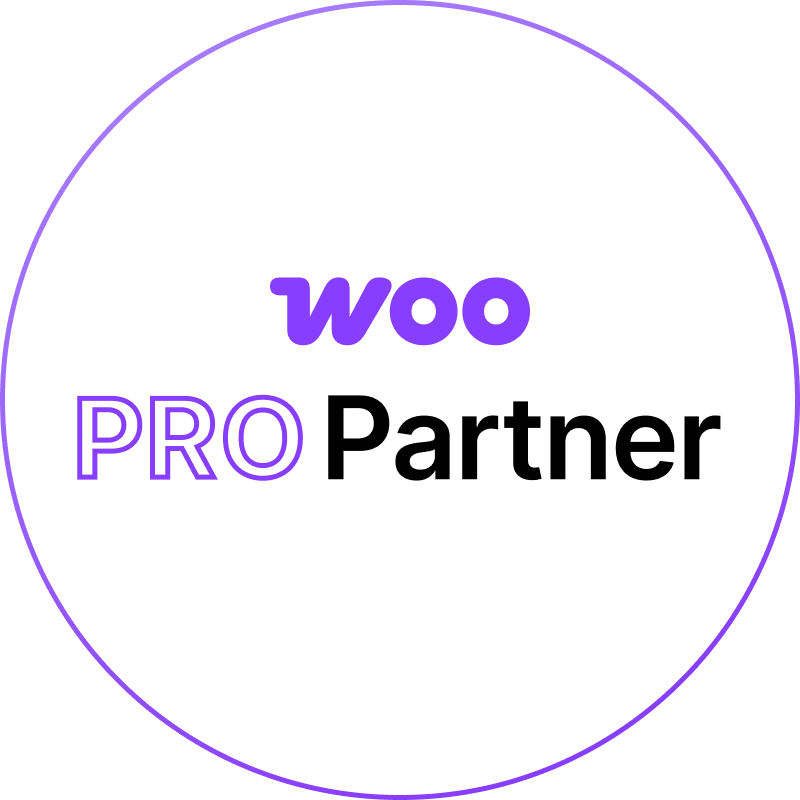5 Ways to Increase the Readership of your Blog Posts
In 2014, many people aren’t readers. To call a spade a spade: people have shorter attention spans than they had in years past. This is not to say people are dumber necessarily, but the way people absorb information has definitely changed. This means that you have to redesign the way you create and deliver content to your audience.
Having a blog is a necessity if you want to take your content marketing to the next level. But many small business blogs are not optimized for modern readership—there are certain blogging principles that are being botched on a widespread level.
This blog post will detail a few major and minor tweaks that you can make to boost your readership.
Break up the content
Generally speaking, there are two types of readers. The first group will absolutely read everything that’s on the page, down to the last word. The second group will skim-read, which means that they will scan throughout the page to find pertinent information, and will skip over what they deem to be boring filler.
The first group will be voracious readers. If they find your content interesting enough, they will almost always read the majority of what you write. They will take the time to fully digest the content.
For the second group, time is of the essence. It’s not that they are incapable of reading your work in full, it’s that they will not risk their time being wasted by potentially unsatisfactory content. In this case, your content will need to catch their attention.
You need to create your content with both groups in mind. The best way to do that is by breaking up your content with headlines, bolded parts and bullet points.
Before you write your content, outline it in a format that will have different sections. For example
- Blog post title
- Opening paragraph/introduction
- Section 1 of post is {insert major point here}
- Section 2 of post is {insert major point here}
I’m sure that you get the idea. Each section will discuss a “major point” and will be broken up by a headline. You will notice that’s what going on in this very blog post. Each section is separated, and the headline makes it easier for people who want to get the gist of the blog post but are unsure if they want to invest time reading the post in its entirety.
Also, wherever possible, make any important parts bold. If you have a list of some sorts, put it in bullets.
All of this makes it easier for the reader to scan your content for the important parts.
Find the “sweet spot” in your word count
Lots of marketers have recommended that businesses make their content as “epic” as possible. The word epic implies something exhaustively long and detailed. And while that may be good advice for some verticals, it will be nothing short of a disaster for others.
The one-size-fits-all approach rarely works for other forms of marketing, so why should it change for blogging? In many cases, having a smaller word count can serve to help you. Generally speaking, unless your vertical is extremely technical and requires tons of detail, minimize your word count under 1200 words. If you’re publishing guides or tutorials on your blog, then feel free to exceed that word count limit. Otherwise, keep it shorter. People do not like to spend time reading unnecessarily long content.
Avoid long words and sentences
Unless your blog readers are in academia or in some technical field, keep your content easy to generally read. This means discarding any confusing or higher level vocabulary or syntax. It’s fine to use interesting vocab and to have variety in your sentence structure, but if your blog post starts to read like a graduate level essay, then it’s time to take a step back.
Find balance with your images
Images are a good element to have in a blog post, but don’t overdo it. If your blog post is teaching your audience something and is a tutorial of some sorts, then multiple images will be necessary to illustrate your instruction. If not, keep the images to a minimum (1-2 images is standard for blog posts).
Deliver content that your audience wants to read
This is probably one of the more important points in this post. It can be especially difficult to know what your audience will want to read if you are not yet experienced in blogging. The best thing that you can do is to know your readers and your market. Figure out what type of content is popular on your competitors’ websites, as that is a good indicator of what direction you need to go. If you’re still unsure, then you should just ask your audience what they would like to read and know more about. You’ll be surprised at how often they’ll give you the answer.
Blogging doesn’t have to be difficult. With these tips, you should be able to boost and engage your readership.

















